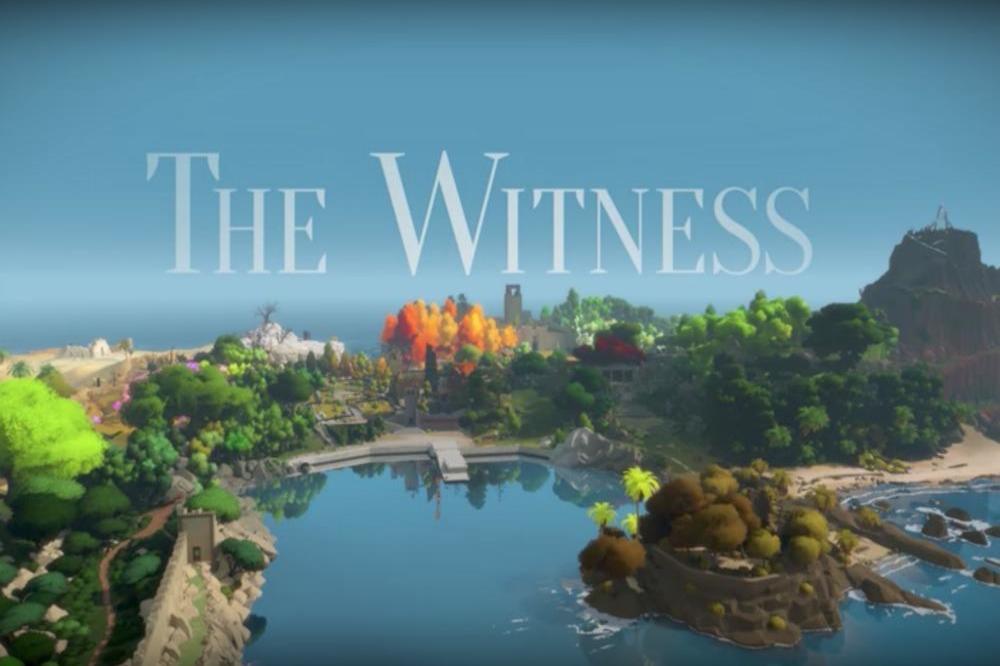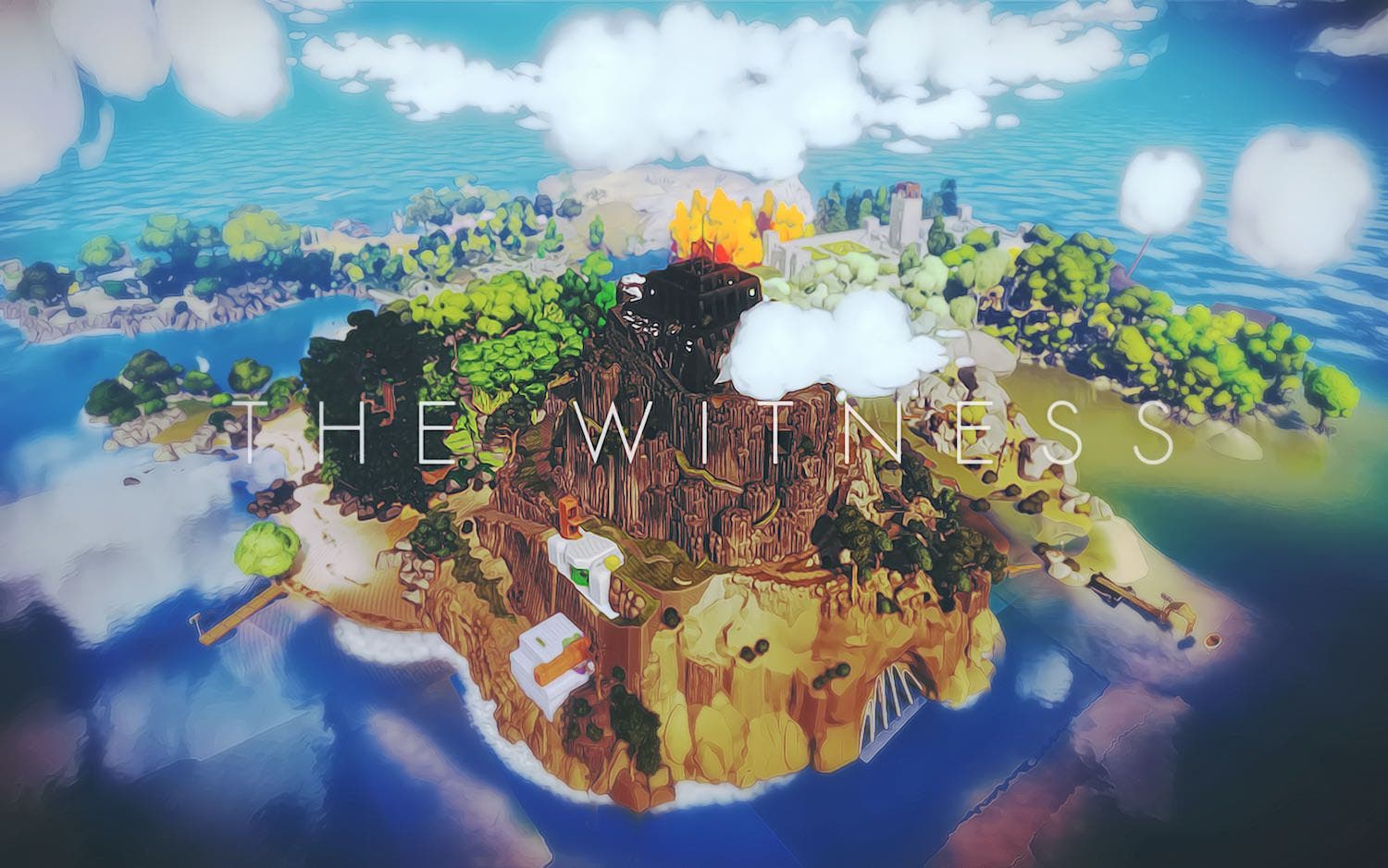
All of this adds up to a very pleasant experience, though unfortunately there isn’t enough to actually do. The game wants players to leisurely soak in the visual beauty of each location, most of them accompanied by gorgeous instrumentals like a tuneful piano piece playing while you explore. You are never in any danger: there are no traps, you can’t fall off the edge of the map, and there are no timers or enemies to contend with. This is clearly intended to offer some sort of narrative thread, but even by the end it remains quite cryptic.Įach of these worlds is a solitary piece of land floating in its own space and designed with a unique concept in mind: a tranquil garden, a simple hedge maze, a clearing surrounding a large tree. The majority of puzzles are attached to pillars in the environment and transitioning between worlds is accompanied by a glimpse of a scene involving another such pillar, with a few more seconds tacked on after each successfully completed world. The worlds aren’t terribly big, and completing their puzzles often opens the way forward in some fashion – opening access boxes, unlocking gates, or causing further puzzles to materialize.

Every level has its own distinct visual theme and a collection of puzzles scattered around it. The object of the game is to navigate seven self-contained worlds (eight if you count the short intro level), opening up a portal at the end of each that takes you to the next one.

Without any preamble, players are deposited in a free-roaming first-person world, one with a very pretty and hyper-colorful stylized presentation. While putting its best foot forward with a lovely presentation, the game sometimes struggles to find that same Zen puzzling zone and stand on equal footing with its revered inspiration. Whether that’s a wise move is debatable – it certainly puts The Pillar in great company, though it also sets such a high bar that it’s not quite able to clear it, though it makes a solid attempt. In fact, the two games share so many aesthetic and content-related similarities that parallels between the two are surely intentional rather than pure coincidence. Finally, a few of the games like The First Tree and Sunlight invite you to make a connection to other players, once you have come to terms with a journey on your own.When first seeing Paper Bunker’s puzzle marathon The Pillar, one can absolutely be forgiven for drawing direct comparisons to Jonathan Blow’s 2016 masterpiece, The Witness. Then there are games we included like Shadow of the Colossus that let you get lost in the vastness of its landscape. Other games in the list, like Thomas Was Alone and Bird Alone offer you the chance to reflect on friendship and the need to nurture relationships. Some of the games, like Never Alone, Journey and The Long Dark place you in a harsh environment that emphasises your diminutive size when faced with the expanse of nature. These games offer us insight into the benefits of appreciating time alone, such as opportunities for self-reflection, self-discovery, and the chance to curate enriching experiences or environments for ourselves.

The other games offer their own lens on loneliness and solitary seasons of life. In it, you spend 400 elapsed days waiting for the King to wake up and living at a slow pace. This list was inspired by the experience of playing the unusually solitary (and long) game The Longing and the Twitter thread that followed. “With mindfulness, there are even more benefits to gain from intentional consumption of media,” she says, “games can be tools we use to recover or grow, psychologically, and our time with them isn't wasted if they provide us insights or rest we need.” Garcia’s Screen Therapy project employs Positive Media Psychology research to highlight and interpret meaningful experiences with games and movies. We teamed up with Courtney Garcia’s Screen Therapy channel to curate a list of games that give us a chance to experience being alone in different ways. In a culture that often assumes that the route to happiness is with another person, it can benefit us to acknowledge that being alone is not always a bad thing.


 0 kommentar(er)
0 kommentar(er)
